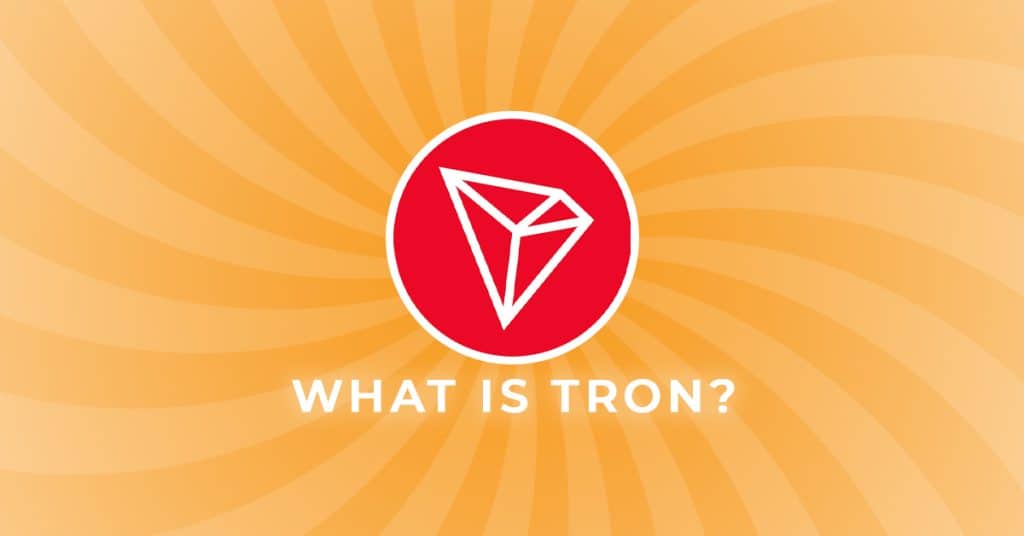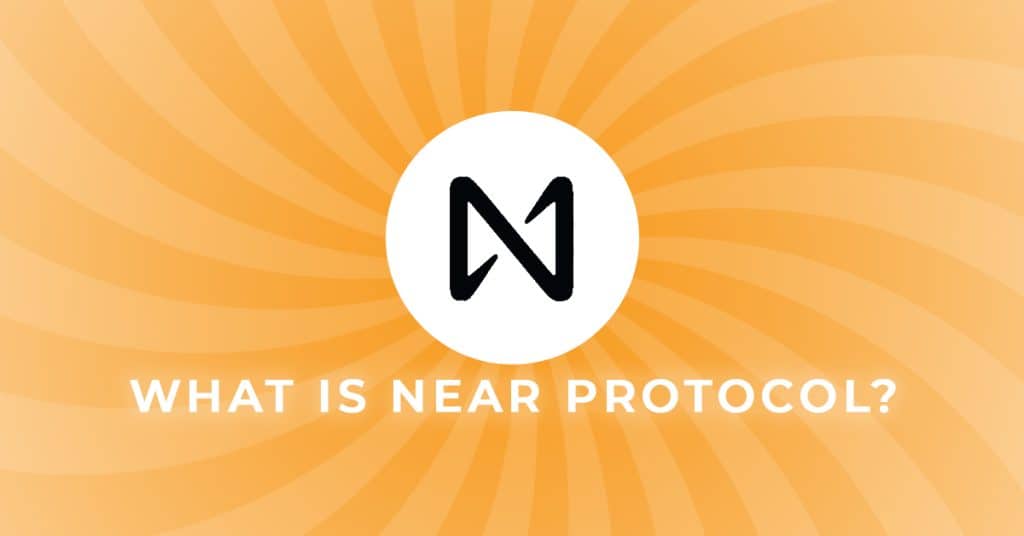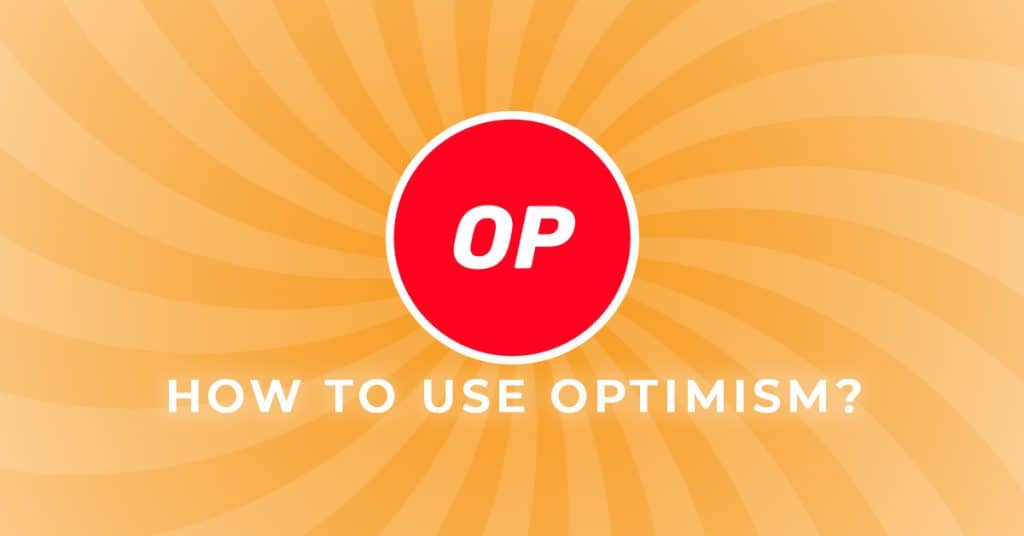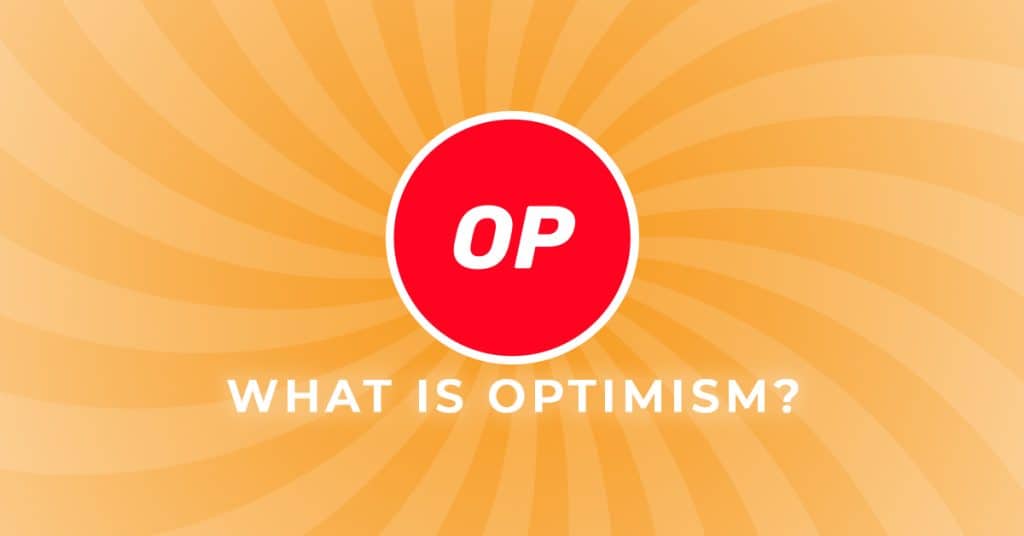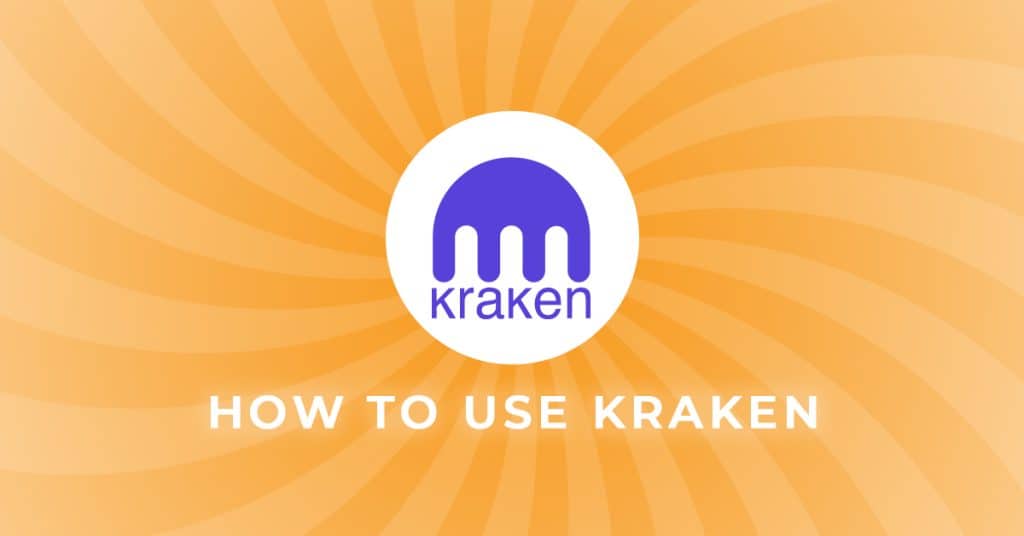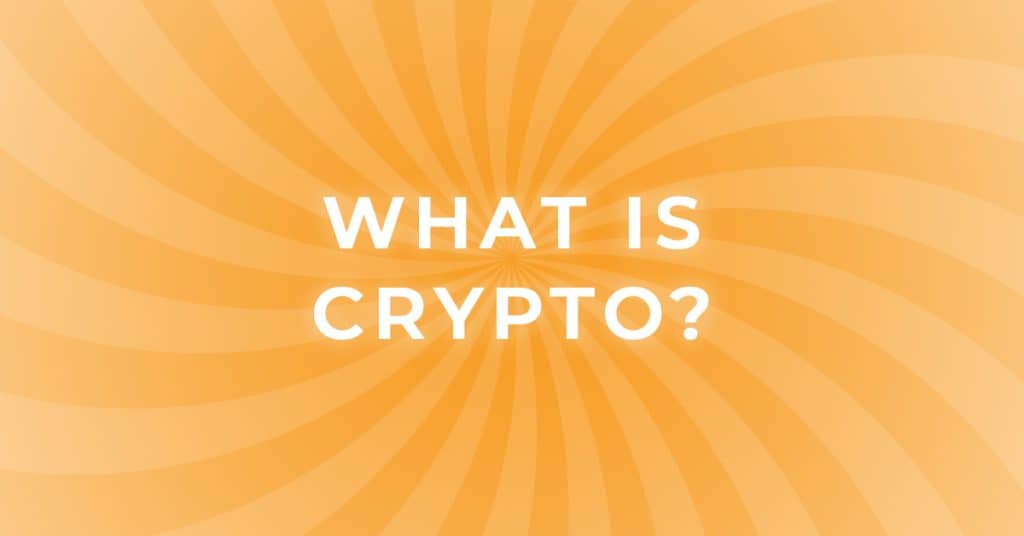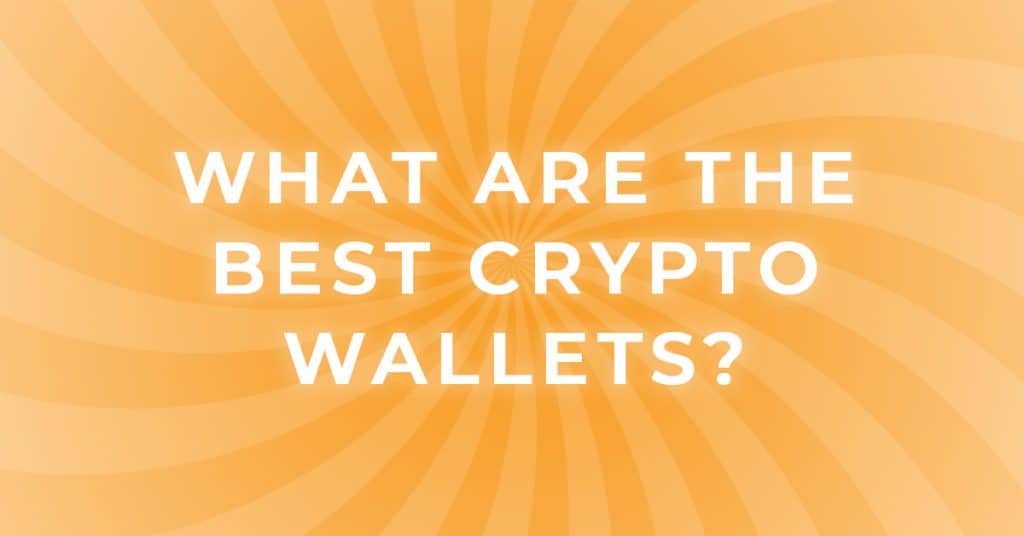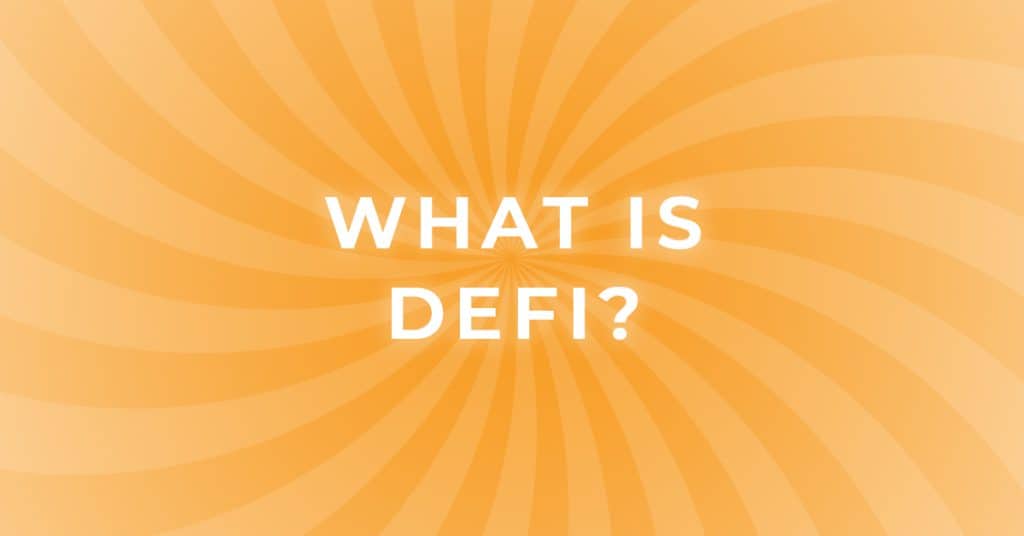What is Polygon (MATIC)? Polygon Crypto Explained for Beginners
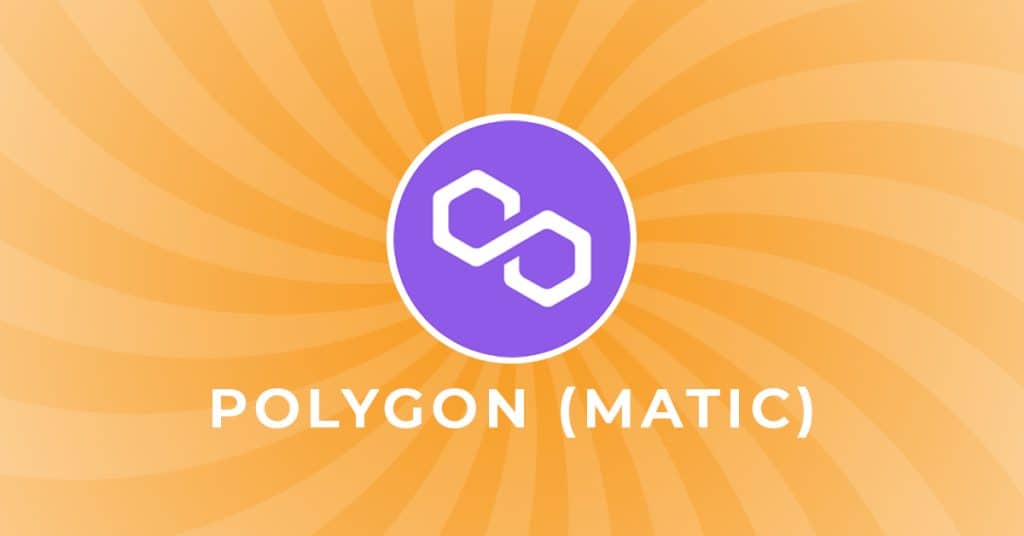
What is Polygon (MATIC)?
Polygon $MATIC is a Layer 2 open-source protocol built by a decentralized team of contributors from all around the world, created as a framework for building and connecting Ethereum-compatible blockchain networks.
Polygon is quickly becoming Ethereum’s internet of blockchain. Polygon offers security as a service, custom modules, interoperability, and one-click deployment of preset blockchains.
With Polygon, any project can have its own dedicated version of Ethereum while maintaining a direct connection to the growing Ethereum Blockchain. As the fastest-growing Ethereum scaling platform in development, Polygon believes Web3 should be easily accessible for everyone.
With billions of transactions recorded, hundreds of million unique wallets, and three million monthly active users, Polygon is the most proven scaling solution in web3 and the best way to launch a web3 project that’s ready for a global audience.
How does Polygon Work?
Polygon utilizes Proof of Stake to scale the development of applications on Polygon Network. This helps Polygon achieve unprecedented transaction speed and cost savings by utilizing side-chains for transaction processing.
At the same time, Proof of Stake ensures asset security with Plasma bridging frameworks and a decentralized network of transaction validators. Transaction speeds of up to 65,000 transactions per second mean significantly faster performance than Ethereum’s ability to process only 15 transactions per second.
By storing just a small portion of compressed data on the blockchain, the efficiency and throughput of the Polygon Network are built to complement and scale with the Ethereum Network.
dApps on Polygon
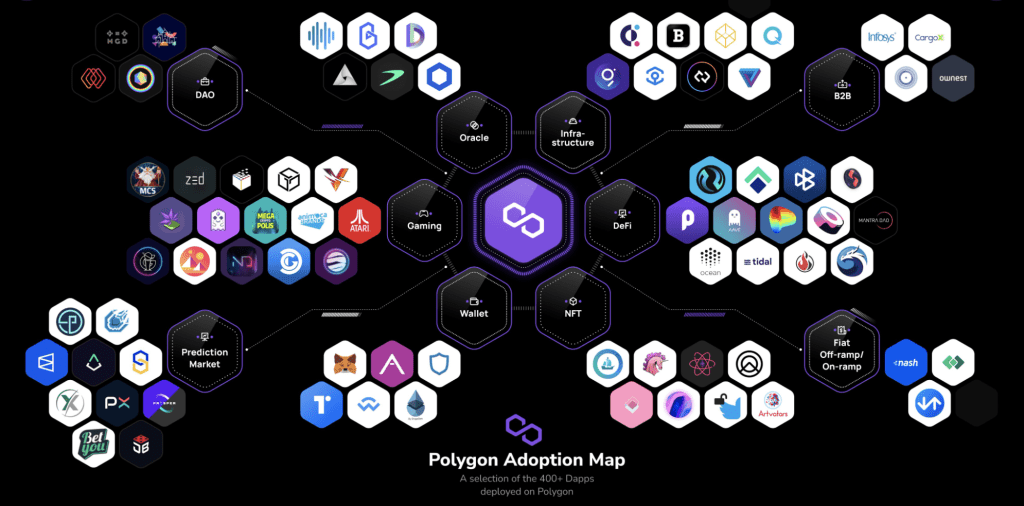
Decentralized applications (dApps) built using Polygon are held to the highest standards of security and scalability. Polygon strives to solve the scalability and usability issues without compromising decentralization.
Before Polygon, the user experience for many dApps built on Ethereum was lacking greatly. This is due to the limitations of Ethereum as the need for new applications began to grow.
Polygon solved many of these issues plaguing the growing pains associated with many new applications. The ability to have near-instant transactions meant a far better experience for Ethereum users. Today we can thank Polygon for enabling over 1,500 amazing Decentralized Applications in the Ethereum Ecosystem.
Polygon is operating as efficiently in Centralized Exchanges like Binance as it is in its own Decentralized Exchange Quickswap.
What’s Next for Polygon?
Polygon is currently in the development of many new and exciting features that will take scaling dApps on Ethereum to the next level of experimentation.
The current Polygon Testnet includes the addition of a one-of-a-kind privacy-focused upgrade that effectively combines the concepts of two technologies to create a private and scalable transaction solution for Ethereum. Dubbed Nightfall, it’s aimed at lowering the transaction cost of Ethereum token transfers even further. With Nightfall, All the information required to perform a private transfer exists privately with clients and doesn’t rely on any off-chain third parties.
Future upgrades in development include:
- Polygon Avail: to enable modular chain design where various execution environments can use Avail for data ordering and availability to further optimize the efficiency of scaling on Ethereum.
- Polygon Zero: a groundbreaking prover system, which generates proofs faster than any other existing tech. Polygon Zero will scale horizontally in a way similar to Polkadot. Meaning the throughput of the protocol is limited not by the weakest nodes on the network, but by the total combined computing power.
- Polygon Miden: will upgrade the smart contract capabilities of the network allowing thousands of transactions to be combined into a single Ethereum transaction.
Be on the lookout for more great updates and growth for Polygon in the future, big things are happening here!
Must read: How to Use Polygon, a full MATIC guide!

